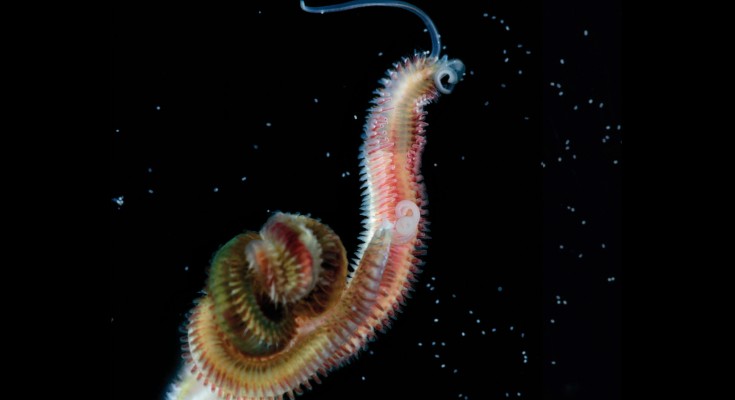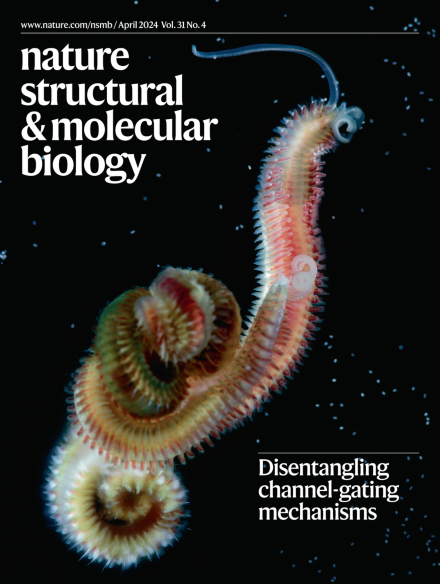
Disentangling channel gating mechanisms
Kalienkova et al. report structures of an FMRFamide-gated sodium channel (FaNaC) in several functional states, disentangling how different invertebrate receptors recognize similar neuropeptides.

Kalienkova et al. report structures of an FMRFamide-gated sodium channel (FaNaC) in several functional states, disentangling how different invertebrate receptors recognize similar neuropeptides.


Spliceosome biogenesis and recycling remains a largely unexplored area. Two papers now reveal how protein chaperones remodel the 20S U5 snRNP, leading to formation of the U4/U6.U5 tri-snRNP.